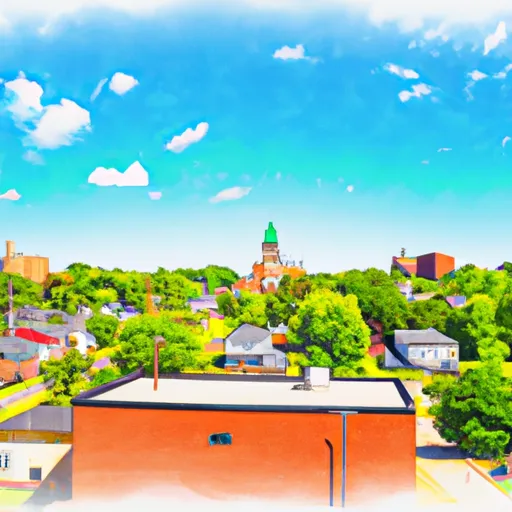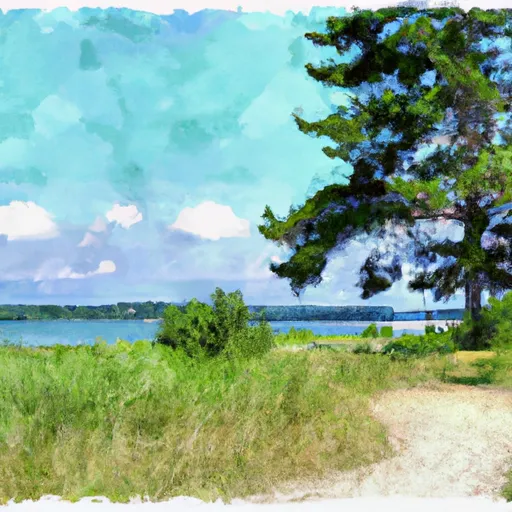°F
°F
mph
Windspeed
%
Humidity











Somerville, Ohio is a small village located in Butler County. The climate in Somerville is classified as humid continental, characterized by mild to cool winters and warm summers. The average temperature ranges from around 30°F (-1°C) in winter to 80°F (27°C) in summer.
Hydrologically, Somerville is situated near the Indian Creek and Four Mile Creek watersheds. These water bodies provide opportunities for fishing and boating activities. Outdoor enthusiasts can explore the scenic landscapes by canoeing or kayaking along the calm waters.
In terms of outdoor recreation, Somerville offers several opportunities. The surrounding area is rich in natural beauty, with parks and trails for hiking, biking, and picnicking. Nearby, Hueston Woods State Park offers a range of activities including camping, swimming, fishing, and horseback riding. Additionally, anglers can enjoy fishing in Lake Waynoka, which is known for its variety of fish species.
Overall, Somerville, Ohio provides a pleasant climate for outdoor activities throughout the year and offers various recreational opportunities, making it an attractive destination for nature lovers and adventurers.
Weather Forecast
Somerville receives approximately 1073mm of rain per year, with humidity levels near 81% and air temperatures averaging around 11°C. Somerville has a plant hardyness factor of 6, meaning plants and agriculture in this region thrive during a short period during spring and early summer. Most plants will die off during the colder winter months.
Regional Streamflow Levels
24
Cubic Feet Per Second
1,150
Cubic Feet Per Second
47
Cubic Feet Per Second
291
Cubic Feet Per Second
Nearby Camping
| Camping Area | Reservations | Toilets | Showers |
|---|---|---|---|
| Miami Whitewater Forest | |||
| Logan-Hubble County Park | |||
| Kentucky Horse Park Campground | |||
| Governor Bebb Preserve | |||
| Big Bone Lick State Park | |||
| Bullock Pen Lake Ramp - DFWR |



